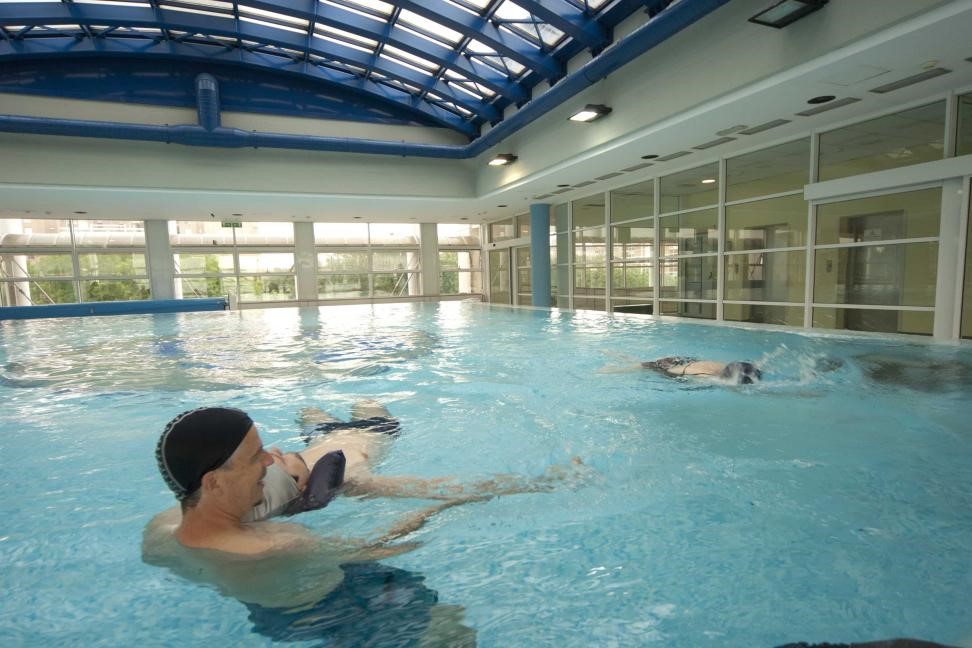
Swimmer's otitis, how can it be prevented?
What is swimmer’s otitis? Swimming is good for you, but beware, if you are a chlorine habitué, your ear may be affected by a curiously named ailment: swimmer’s ear
Swimmer’s otitis
This is an infection of the skin of the ear canal called otitis externa.
It is usually caused by bacteria present in swimming pool or sea water, which enter the ear canal.
Predisposing factors can be many, including the tortuosity and narrowness of the ear canal, the presence of eczema (editor’s note: inflammatory states of the skin), mycoses and micro-injuries from excessive cleaning or rubbing, caused, for example, by the use of cotton buds.
A particular type of external otitis is that associated with diving or swimming in tropical seas.
In these plankton-rich environments, microorganisms attach themselves to the skin of the duct and this increases the risk.
Symptoms of swimmer’s otitis
The first symptom is pain, at first mild and then very intense, which becomes more acute with palpation of the ear.
Subsequently, the ear canal may swell, giving a “plugged ear” sensation.
There may be serous or purulent discharge, depending on the type of bacteria responsible for the infection.
Is there a seasonality and what is the treatment?
Otitis externa is the classic summer ear infection that is contracted in overcrowded swimming pools, where purification systems fail to counteract the bacterial load, or in the sea water of beaches that are very busy in the summertime.
The most common treatment for swimmer’s ear consists of administering ear drops containing antibiotics and cortisone to reduce inflammation.
Very often, oral antibiotics and painkillers are required.
Prevention of swimmer’s otitis
If one is prone to infections, a check-up at the ear specialist is advisable to rule out pre-existing conduit pathologies such as perforations of the tympanic membrane, eczema, skin erosions, earwax plugs or fungal forms, which tend to recur with rising temperature and humidity.
It may sometimes be necessary to take repeated swabs for culture tests to identify the type of bacteria and test its sensitivity to antibiotics (antibiogram).
The use of earplugs for swimming is generally contraindicated.
Instead, one should try to keep the ear free of earwax.
Finally, it is important to avoid inserting instruments or cotton swabs in the ears such as Q-tips to avoid excoriating the skin in the ear canal.
Read Also:
Emergency Live Even More…Live: Download The New Free App Of Your Newspaper For IOS And Android
Tinnitus: What It Is, What Diseases It Can Be Associated With And What Are The Remedies
Barotrauma Of The Ear And Nose: What It Is And How To Diagnose It
How To Remove Something From Your Ear
What To Do In Case Of Earache? Here Are The Essential Check-Ups
Perforated Eardrum: What Are The Symptoms Of A Tympanic Perforation?
Earache After Swimming? Could Be ‘Swimming Pool’ Otitis


